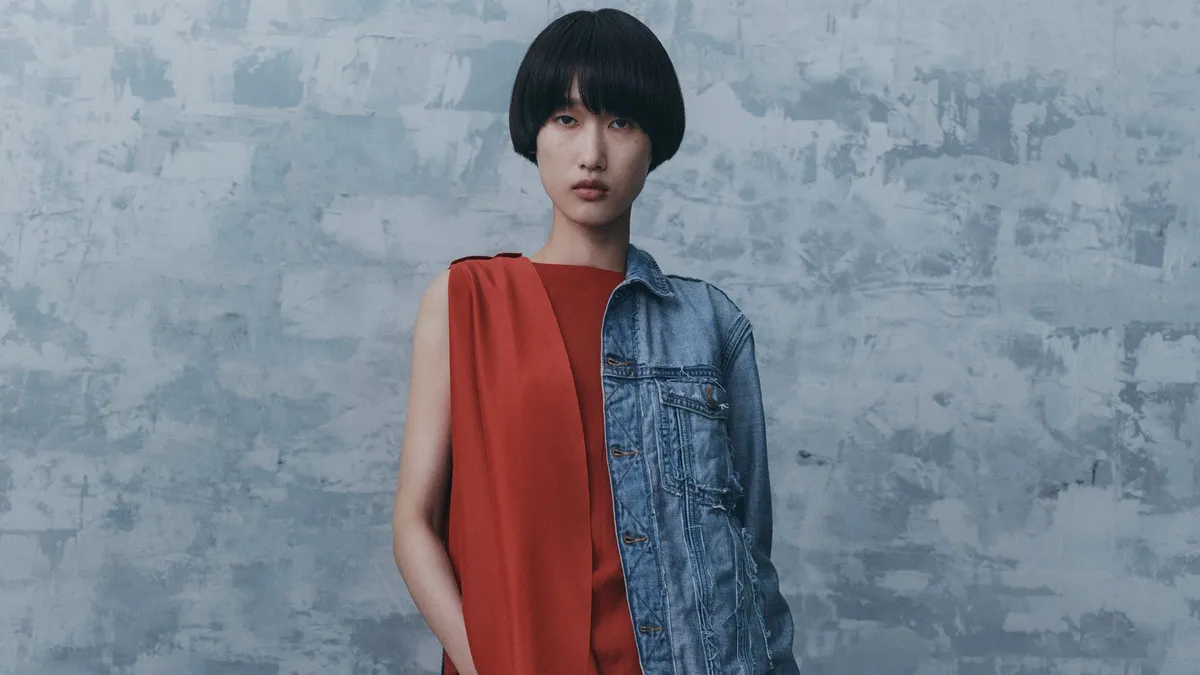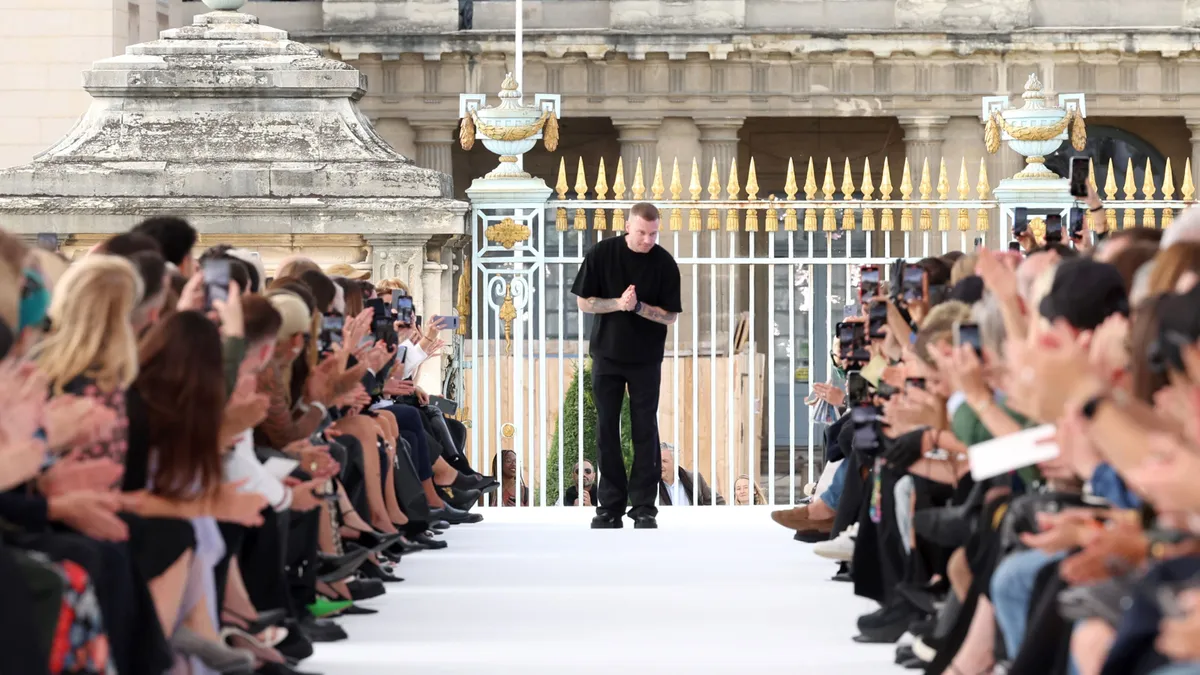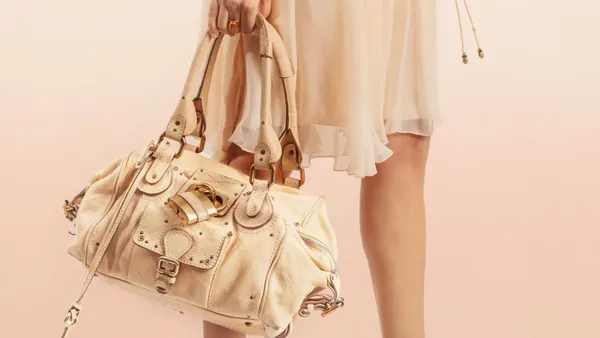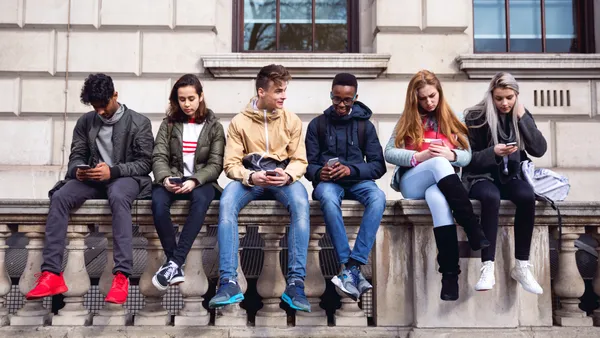Dive Brief:
- Swedish fast fashion company H&M revealed plans Wednesday to expand its apparel offerings to include in-store men’s and women’s pieces that go up to 2XL, and online apparel that will extend to 4XL for women and 3XL for men, per a news release.
- The release also revealed that model and activist Tess Holliday will take on the newly created role of size and inclusivity consultant.
- The global plus-size clothing market is projected to reach $696.7 billion by 2027, based on a report from Allied Market Research, which noted the casual wear plus-size clothing segment accounted for the highest share.
Dive Insight:
Inclusive sizing has been a challenge for H&M in the past. In 2016, the company removed plus- sized clothing from New York City brick-and-mortar stores, and its popular designer collaborations are notorious for having limited size options. Yet it has been quietly working to bring a more inclusive array of sizes back into stores since 2018, and this new partnership may herald a more supportive position of its consumers.
Holliday, H&M’s new partner in the endeavor, has long championed the ideals behind this mission. In an open letter to New York Fashion Week from 2019, the model and activist wrote, “It is not enough to have diverse models just on the catwalk, we need brands to use diverse models in their campaigns and online, on retail sites, in their marketing and in their language and verbiage when they are debuting their collections. There is a lot of work to be done.”
For its part, H&M appears to be coming around.
"H&M embraces inclusion as a business imperative,” said Donna Dozier Gordon, H&M's head of inclusion and diversity for Region Americas, in the statement about the partnership. “H&M's evolution and progress on extended sizing reflects our commitment and focuses on challenges faced, progress made and more progress to come."
Plus-size clothing in fashion refers to sizes 1X to 6X and extended size as 7X and above, according to the Allied report, which also noted that exact size ranges vary by country. Fast fashion brands such as Fashion Nova offer plus sizes, but criticisms range from allegations that the brand uses straight-sized models to showcase their plus-sized clothes to more serious claims about its illegal labor practices.
Meanwhile, consumers continue to debate the merits of inclusive sized brands including Universal Standard, Henning and others while searching for a better fit and more accessible pricing, and menswear customers are left out of most of the conversations.
Consumer demand for inclusive sizing is set to increase, too. Based on a 2019 Cotton Incorporated Lifestyle Monitor survey, 83% of consumers said they want apparel brands and retailers to offer additional fits and sizes, and 70% want the fashion industry to be more inclusive in both advertising and product offerings.
Some brands are taking notice. Target’s spring 2023 designer collabs from Agua Bendita, Fe Noel and Rhode will be available in sizes up to 4X. Earlier this month, designer Renee Cafaro became the only exclusively plus-size haute couture collection to show at Paris Fashion Week.
Not all brands have learned from their mistakes, however. Fewer than 1% of models were a size 14 or bigger during the latest round of fashion weeks, and Loft decided in 2021 to stop offering plus size altogether. Meanwhile, Old Navy, whose in-store expanded size program floundered after less than a year, said in a news release that it would be “giving women what they want” by adding pockets to 50% more of its women’s dresses this spring.











